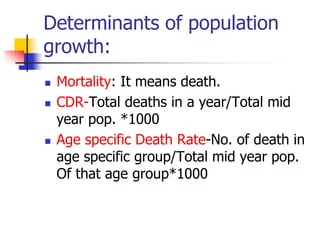After giving birth cows sometimes do not drop the afterbirth (placenta) immediately. This can cause problems as decaying placenta tissue can cause a serious bacterial infection of the cow and if untreated the cow can even die.
Normally expulsion takes place within 3-8 hours after delivery of the calf.
Retained placenta is a common complication after calving; if the cow doesn’t shed those membranes within about 12 -24 hours, it’s considered to be “retained.”
Call a veterinarian after 12 hours to judge the situation and watch your cow closely. dont remove the afterbirth manually (see further below under treatment).
The incidence of retained placenta in healthy dairy cows is 5 – 15%, while the incidence in beef cows is lower.
Cows which fail to drop the afterbirth within 36 hours are likely to retain it for 7 -10 days. This is because substantial uterine contractions do not proceed beyond 36 hours of the birth of the calf and if the membranes have not been expelled by this time their subsequent separation from the uterine wall can only occur as a result of the rotting of the afterbirth connections to the uterus and their expulsion then depends on the speed of the normal shrinking of the uterus.
Diagnosis and symptoms
- This is normally straightforward. Degenerating, discoloured and increasingly unpleasant-smelling membranes are seen hanging from the vulva more than 24 hours after calving. Occasionally the retained membranes may remain within the uterus and may not be readily apparent, but their presence is usually signaled by a foul-smelling discharge.
- Milk from cows with retained placenta must not be used for human consumption.
- Usually there is no systemic illness. When there is, it is it is related to toxaemia (blood poisoning). Symptoms may include fever, lack of appetite, depression, a reduction in milk yield, straining, a foul smelling vaginal discharge and diarrhoea. These symptoms are more likely to occur in cases where retention follows extensive interference as in a difficult calving.
Causes
- The risk is increased by abortion, difficult calvings, milk fever, twin births, advancing age of the cow, premature birth, inflammation of the placenta and various nutritional disturbances. With regard to the latter it should be noted that deficiencies of selenium, Vitamin A, copper and iodine increase the incidence of retained placenta. Providing selenium prior to calving reduces the incidence of retained placenta.
- There is a genetic implication and cows which retain their placenta in the presence of a nutritionally balanced diet and giving birth to a calf of normal size and with no complications should not be considered for further breeding.
- The incidence is higher in overweight cows or in cows that are too thin, check for the weight because it may be responsible for the placenta retention.
Treatment
- Generally speaking uncomplicated cases of retained placenta require no treatment.
- Some veterinarians are of the opinion that treatment should only be considered if the animal appears to become sick (beginning blood poisoning).
- Manual removal of retained foetal membranes in the cow is NOT recommended, is potentially harmful, and can be a source of infection in the uterus.
- If the afterbirth is retained (does not drop as normal within the first hours after calving), let the calf suckle many times or stimulate the udder manually, because this releases the hormone oxytocin which also help in releasing the afterbirth.
- If this does not help, keep an eye on the cow that she does not get ill, and wait for 12 hours then call a veterinarian to judge the situation and treat the animal if relevant. Sometimes the uterus can be stimulated by massage by rectum, and the veterinarian can do this. In many cases, the veterinarian can stimulate give a hormone which contracts the uterus, and this is enough for the cow to release the afterbirth.
- If a retained afterbirth is not treated it can potentially cause severe infection of the mother and lead to death or infertility. The veterinarian will judge the risk and may treat with antibiotics to avoid that situation. In some cases, the remainings of the afterbirth comes when the cow is in heat first time after the birth, and it may cause a delay in getting pregnant again, but without other complications.





